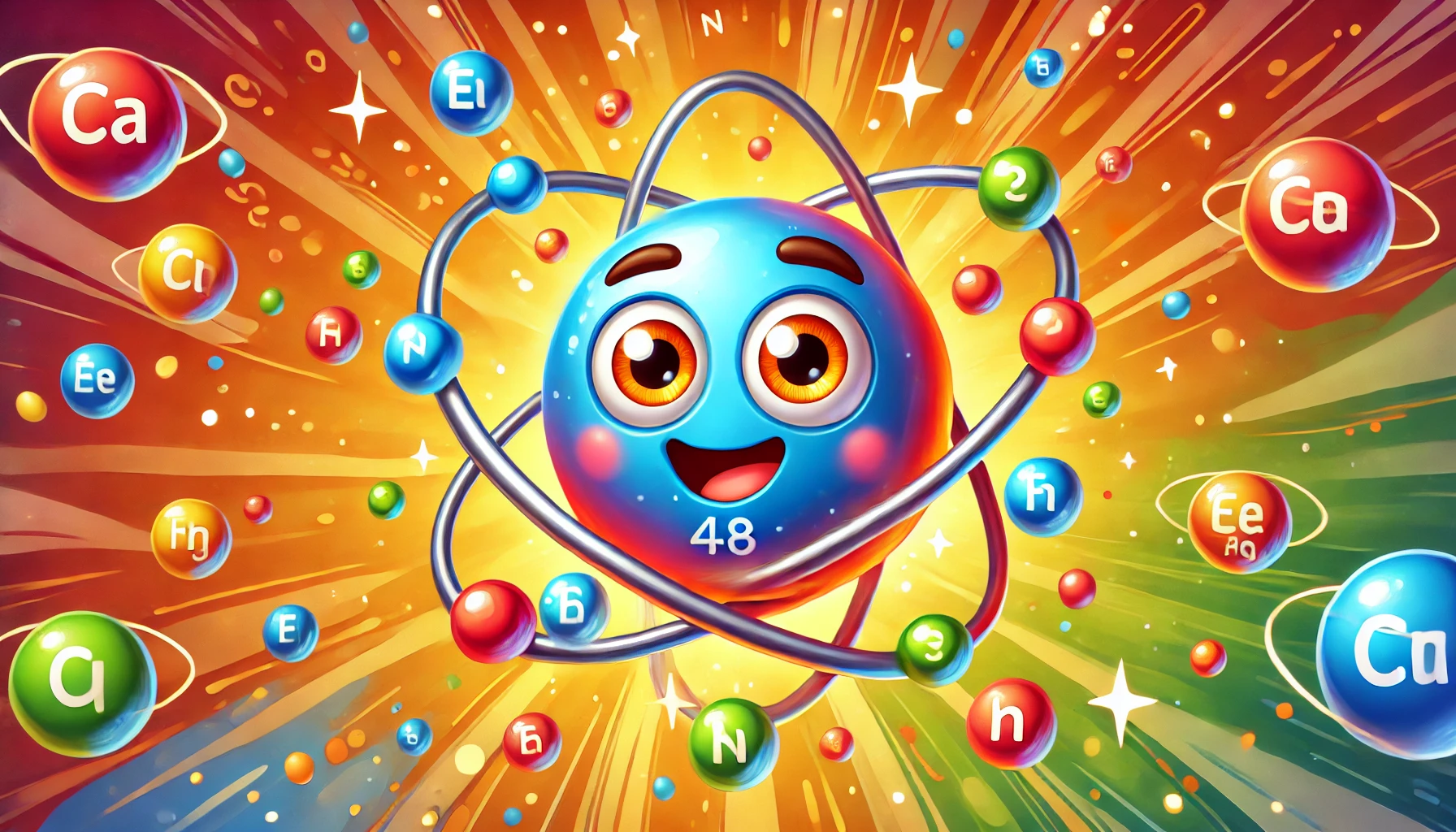Understanding Cadmium: Properties, Uses, Health Risks, and Fascinating Facts
Understanding Cadmium: Properties, Uses, Health Risks, and Fascinating Facts
Table of Contents
- Introduction to Cadmium
- Properties of Cadmium
- Uses of Cadmium
- Health Risks of Cadmium Exposure
- Interesting Facts about Cadmium
- Environmental Impact of Cadmium
- Conclusion
- References
Understanding Cadmium: Properties, Uses, Health Risks, and Fascinating Facts
Introduction to Cadmium Cadmium is a chemical element with the symbol Cd and atomic number 48. It is a soft, bluish-white metal that is chemically similar to zinc and mercury. Known for its toxicity, cadmium has various industrial applications. This article explores the properties, uses, health risks, and interesting facts associated with cadmium, providing a comprehensive understanding of this heavy metal.
Properties of Cadmium Cadmium is characterized by several distinct physical and chemical properties.
Physical Properties
- Appearance: Cadmium is a soft, malleable, bluish-white metal.
- Density: The density of cadmium is 8.65 g/cm³.
- Melting Point: Cadmium has a melting point of 321°C (610°F).
- Boiling Point: The boiling point of cadmium is 767°C (1,413°F).
Chemical Properties
- Reactivity: Cadmium is relatively stable in air and water but reacts with acids, forming cadmium salts.
- Compounds: Cadmium forms various compounds, such as cadmium oxide (CdO), cadmium sulfide (CdS), and cadmium chloride (CdCl₂).
Uses of Cadmium Cadmium has several applications across different industries due to its unique properties.
Batteries
- Nickel-Cadmium Batteries: Cadmium is used in rechargeable nickel-cadmium (NiCd) batteries, which are commonly used in portable electronic devices, emergency lighting, and power tools.
Coatings and Plating
- Corrosion-Resistant Coatings: Cadmium is used to electroplate steel and iron to protect them from corrosion. Cadmium coatings are commonly used in the aerospace, automotive, and marine industries.
Pigments
- Cadmium Pigments: Cadmium sulfide and cadmium selenide are used to produce bright yellow, orange, and red pigments for plastics, ceramics, and paints.
Alloys
- Low-Melting Alloys: Cadmium is used in low-melting alloys, such as solder and fusible alloys, which are used in safety devices and electrical fuses.
Nuclear Reactors
- Neutron Absorber: Cadmium is used in control rods and shielding materials in nuclear reactors due to its ability to absorb neutrons.
Health Risks of Cadmium Exposure Cadmium is highly toxic, and exposure to cadmium and its compounds can pose serious health risks.
Inhalation and Ingestion
- Respiratory Issues: Inhalation of cadmium dust or fumes can cause respiratory irritation, coughing, and chronic lung diseases such as emphysema and bronchitis.
- Kidney Damage: Chronic exposure to cadmium can lead to kidney damage, including proteinuria (excess protein in urine) and reduced kidney function.
- Gastrointestinal Issues: Ingestion of cadmium-contaminated food or water can cause gastrointestinal irritation, including nausea, vomiting, and abdominal pain.
Skin and Eye Contact
- Skin Irritation: Direct contact with cadmium compounds can cause skin irritation and dermatitis.
- Eye Irritation: Exposure to cadmium dust or solutions can cause eye irritation and potential damage.
Carcinogenicity
- Cancer Risk: Cadmium is classified as a human carcinogen by the International Agency for Research on Cancer (IARC). Prolonged exposure to cadmium can increase the risk of developing lung cancer and prostate cancer.
Interesting Facts about Cadmium Cadmium has several intriguing aspects that make it an interesting element.
Discovery
- Discovered in 1817: Cadmium was discovered by German chemists Friedrich Stromeyer and Karl Samuel Leberecht Hermann in 1817 while examining zinc carbonate. They found cadmium as an impurity in zinc ores.
Unique Properties
- Soft Metal: Cadmium is one of the softest metals, and it can be easily cut with a knife.
- Low Melting Point: Cadmium has a relatively low melting point compared to other metals, making it useful in low-melting alloys.
Isotopes
- Stable Isotopes: Cadmium has eight naturally occurring stable isotopes, with cadmium-114 being the most abundant.
- Radioactive Isotopes: Several radioactive isotopes of cadmium are known, including cadmium-109, which is used in scientific research.
Environmental Impact of Cadmium Cadmium can have significant environmental impacts, particularly due to its toxicity and persistence in the environment.
Natural Occurrence
- Abundance: Cadmium is relatively rare in the Earth’s crust and is typically found as a byproduct of zinc, lead, and copper mining.
- Mining: Extraction of cadmium must be done carefully to avoid environmental contamination and ensure sustainable practices.
Pollution and Waste Management
- Industrial Pollution: Cadmium pollution can occur from industrial processes, including metal smelting, battery manufacturing, and waste incineration. Proper disposal and management of cadmium-containing waste are crucial to prevent environmental contamination.
- Soil and Water Contamination: Cadmium can accumulate in soils and water bodies, leading to bioaccumulation in plants and animals. This can have harmful effects on ecosystems and human health.
Conclusion Understanding cadmium, its properties, uses, health risks, and interesting facts provides valuable insight into this heavy metal. While cadmium has several important industrial applications, its toxicity requires careful handling and management to minimize health and environmental risks. Its applications in batteries, coatings, pigments, and nuclear reactors highlight its importance in modern technology and industry.

<ⓒ WizardMedics (wizardmedics.com)>


